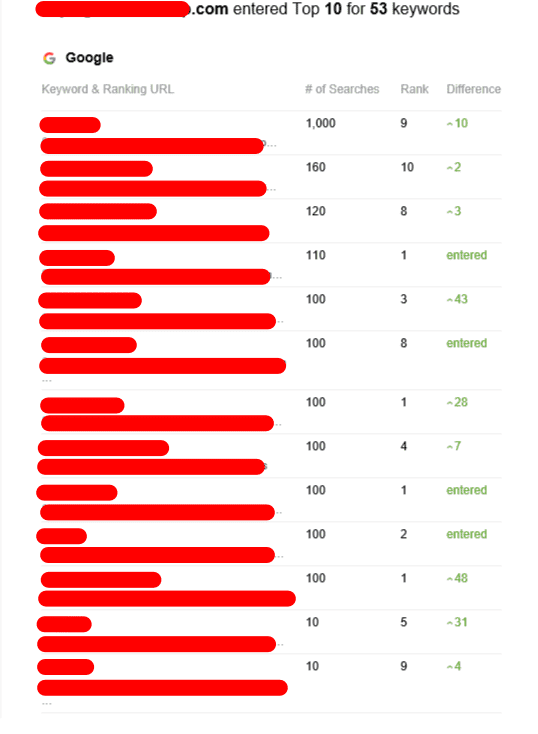Inbound marketing has transformed the way businesses attract, engage, and convert customers. Unlike traditional marketing techniques that interrupt consumers with unsolicited ads, inbound marketing focuses on creating valuable content and experiences tailored to the needs of prospective customers. This article delves into the core components of inbound marketing, its benefits, and practical strategies businesses can implement to cultivate lasting relationships with their audience.
What is Inbound Marketing?
Inbound marketing is a strategy that emphasizes attracting customers through relevant and helpful content while positioning a brand as a credible resource. Its methodology is based on the buyer’s journey, which encompasses three main stages:
- Awareness Stage: Potential customers recognize their problem or need and seek information.
- Consideration Stage: They evaluate different solutions or options.
- Decision Stage: They decide on a solution or product that best fits their needs.
Instead of pushing messages out to consumers, inbound marketing pulls them in through valuable content, fostering engagement and trust.
Benefits of Inbound Marketing
Inbound marketing provides numerous advantages for businesses looking to enhance their online presence and customer relationships. Some of the most significant benefits include:
| Benefit | Description |
|---|---|
| Cost-Effective | Inbound marketing is often more affordable than traditional marketing methods, yielding a higher ROI. |
| Builds Trust and Credibility | Consistently providing valuable content positions a brand as an authority, fostering trust with potential customers. |
| Enhanced Customer Engagement | Engaging content invites interaction, helping build long-term relationships with customers. |
| Improved Search Engine Optimization (SEO) | Quality content optimizes a website's visibility, resulting in higher organic search rankings. |
| Greater Customer Retention | Inbound marketing allows businesses to nurture leads and maintain communication, promoting customer loyalty. |
Key Components of Inbound Marketing
Considering the benefits, it is essential to understand the primary components of an effective inbound marketing strategy. The following elements play a crucial role in its success:
1. Content Creation
Content forms the backbone of inbound marketing. Businesses must create high-quality, relevant content that addresses their audience's pain points, interests, and preferences. This can include:
- Blog posts
- E-books
- Whitepapers
- Videos
- Infographics
- Podcasts
2. Search Engine Optimization (SEO)
SEO is vital for helping businesses gain visibility in search engine results. Implementing effective SEO practices ensures that content can be discovered by users searching for information related to their products or services. Key practices include keyword research, on-page optimization, and building backlinks.
3. Social Media Marketing
Social media platforms provide an opportunity for businesses to share content, interact with their audience, and build brand awareness. Sharing valuable content on social media encourages engagement and drives traffic back to the company’s website. Companies should focus on platforms where their audience is most active.
4. Email Marketing
Email marketing nurtures leads and maintains relationships with existing customers. Creating segmented email lists allows businesses to send targeted messages, promoting personalized content and offerings. This keeps customers engaged and increases the likelihood of conversions.
5. Marketing Automation
Implementing marketing automation tools facilitates the management and optimization of inbound marketing efforts. Automation tools can streamline the scheduling of social media posts, segmenting email lists, and analyzing performance metrics.
6. Analysis and Optimization
An essential aspect of inbound marketing is tracking and analyzing results. Businesses need to use analytics tools to measure performance metrics such as website traffic, conversion rates, and engagement levels. Continuous optimization of strategies based on this data helps refine and enhance marketing efforts.
Implementing an Inbound Marketing Strategy
To create an effective inbound marketing strategy, businesses can follow these steps:
- Define Buyer Personas: Understand your target audience's demographics, motivations, and pain points.
- Develop a Content Strategy: Map out the type of content needed across all stages of the buyer's journey.
- Optimize for SEO: Conduct keyword research and incorporate relevant keywords naturally into your content.
- Leverage Social Media: Identify which platforms your audience uses and share engaging content.
- Utilize Email Marketing: Build an email list and create segmented campaigns to nurture leads.
- Implement Marketing Automation Tools: Streamline your marketing efforts for better efficiency.
- Analyze and Optimize: Regularly track your performance metrics and make data-driven adjustments to your strategy.
FAQs About Inbound Marketing
What types of businesses can benefit from inbound marketing?
Inbound marketing is suitable for businesses of all sizes and industries, particularly those that produce valuable content and have a target audience that conducts online research before purchasing.
How does inbound marketing improve customer relationships?
Inbound marketing focuses on creating valuable content and experiences that resonate with customers. This approach fosters trust and engagement, ultimately leading to better relationships and increased customer loyalty.
How do I measure the success of my inbound marketing efforts?
Consider tracking key performance indicators (KPIs) such as website traffic, conversion rates, lead generation metrics, and customer retention rates. Tools like Google Analytics and CRM systems can help monitor these metrics effectively.

Is inbound marketing a one-time effort?
No, inbound marketing (dallaspoldrack.top) is an ongoing process that requires continuous content creation, analysis, and optimization. Businesses must regularly adapt their strategies to stay relevant and meet the evolving needs of their audience.
How can I create effective content for inbound marketing?
Focus on creating content that addresses your audience's pain points and interests. Use various formats (blogs, videos, etc.) and optimize your content for SEO to improve visibility and engagement.
Inbound marketing represents a revolutionary approach to building customer relationships, prioritizing value and relevance over disruptive advertising. By implementing effective strategies that encompass content creation, SEO, social media, email marketing, and analytics, businesses can enhance their brand presence and foster sustainable growth. As consumers become increasingly discerning, those who adopt inbound marketing principles will be well-positioned to thrive in an ever-evolving digital landscape.







